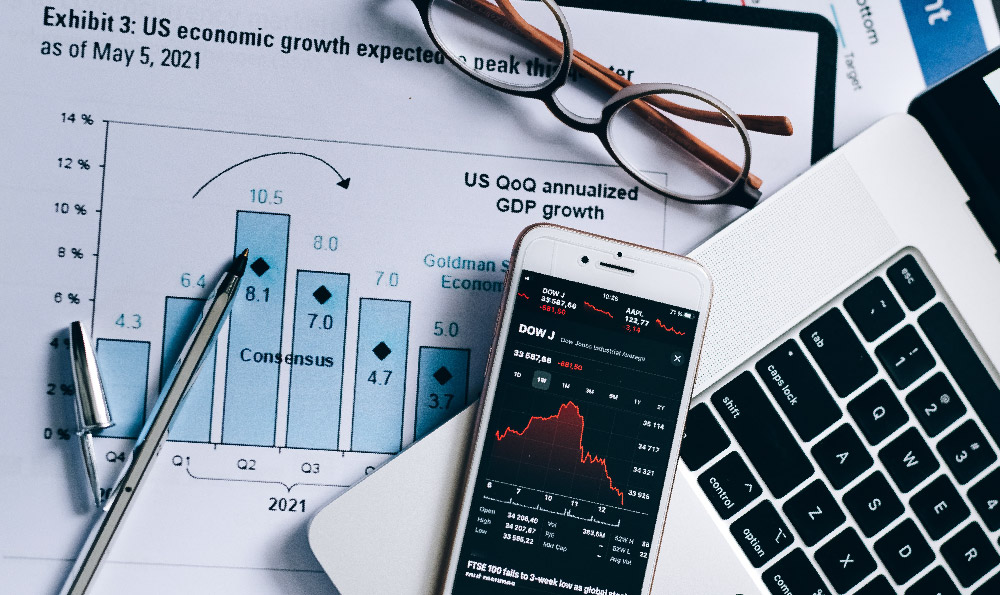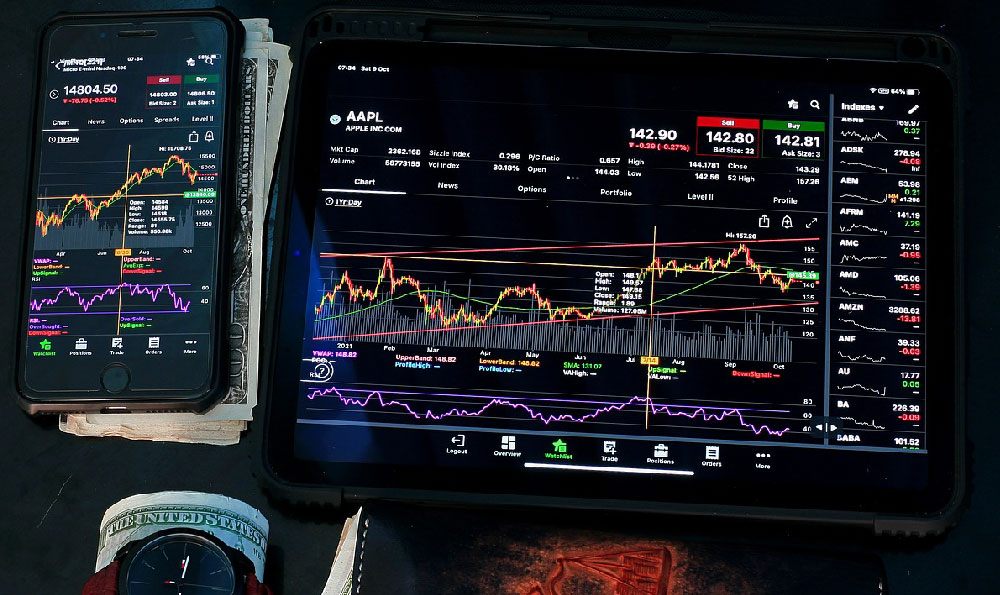Investing in an Initial Public Offering (IPO) can be a thrilling, and potentially lucrative, venture. The allure of getting in on the ground floor of a promising company before it hits the broader market is strong. However, it's crucial to understand that IPOs are not for everyone, and navigating this investment landscape requires careful consideration and due diligence.
An IPO represents a company's first offering of its shares to the public market. Traditionally, private companies may seek an IPO for various reasons, including raising capital for expansion, paying off debt, or providing liquidity to early investors and employees. The process involves underwriters, typically investment banks, who assess the company's value, set an initial offering price, and market the shares to institutional and retail investors.
Before jumping into any IPO investment, it is imperative to conduct thorough research. This investigation begins with the prospectus, a document required by the Securities and Exchange Commission (SEC) and provides detailed information about the company. The prospectus offers insight into the company's business model, financial performance, industry landscape, competitive position, management team, and potential risks. Pay close attention to the risk factors section, as this will highlight potential challenges the company may face, which can significantly impact its future performance.

Analyzing the company's financials is also crucial. Look at revenue growth, profitability (or lack thereof), cash flow, and debt levels. A rapidly growing company with strong financials is often more attractive than one struggling to generate revenue or burdened by excessive debt. However, even promising financials should be viewed within the context of the company's industry and competitive environment. Consider the barriers to entry, the company's competitive advantages, and the potential for disruption in the sector.
Beyond the prospectus, independent research is vital. Read industry reports, news articles, and analyst opinions to gain a more comprehensive understanding of the company and its prospects. Be wary of hype and focus on objective, data-driven analysis. Evaluate the management team's experience and track record. A capable and experienced management team can navigate challenges and drive growth, while a weak or inexperienced team can hinder the company's progress.
Understanding the IPO pricing mechanism is also key. The initial offering price is often set by the underwriters, and it's crucial to determine whether the price reflects a fair valuation of the company. Sometimes, IPOs are priced attractively to generate excitement and ensure a successful offering, while others may be overpriced, leaving little room for appreciation after the stock begins trading.
The allocation process for IPO shares can be challenging for individual investors. Typically, institutional investors, such as mutual funds and hedge funds, receive priority access to IPO shares. Retail investors may have limited access, and even if they place an order, there's no guarantee they'll receive the desired allocation. Accessing IPOs often requires an established relationship with a brokerage firm that participates in the underwriting process.
Once the stock begins trading on the public market, its price can be highly volatile, especially in the early days. This volatility can be driven by factors such as investor sentiment, media coverage, and overall market conditions. It's essential to be prepared for price swings and to have a long-term investment horizon. Resist the urge to make impulsive decisions based on short-term price movements.
Considering your risk tolerance and financial goals is critical before investing in an IPO. IPOs are inherently riskier than established, publicly traded companies. The company may have a limited operating history, an unproven business model, or face significant competition. Before committing any capital, assess your ability to withstand potential losses.
Diversification is also an important aspect of risk management. Don't put all your eggs in one basket by investing a significant portion of your portfolio in a single IPO. Spread your investments across different asset classes and industries to mitigate risk. An IPO should represent only a small percentage of your overall portfolio, particularly if you are a risk-averse investor.
Furthermore, it's important to have a clear exit strategy before investing in an IPO. Determine your target price and timeframe for holding the stock. This will help you avoid emotional decision-making and stick to your investment plan. Remember that market conditions can change quickly, so be prepared to adjust your exit strategy if necessary.
Another key aspect to consider is the lock-up period. This is a contractual restriction that prevents company insiders, such as executives and early investors, from selling their shares for a specified period, typically 90 to 180 days after the IPO. When the lock-up period expires, a significant number of shares may flood the market, potentially putting downward pressure on the stock price. Be aware of the lock-up expiration date and be prepared for potential volatility.
Finally, remember that investing in IPOs is not a get-rich-quick scheme. It requires patience, discipline, and a willingness to accept risk. If you're not comfortable with the risks involved, it's best to avoid IPOs altogether and focus on more established investment options. Consult with a qualified financial advisor to determine whether IPO investing is right for you and to develop a comprehensive investment strategy that aligns with your financial goals and risk tolerance. The allure of potential high returns should never overshadow the importance of prudent risk management and due diligence. Remember, careful planning and a well-informed approach are the cornerstones of successful investing, especially when venturing into the exciting, yet potentially risky, world of IPOs.












